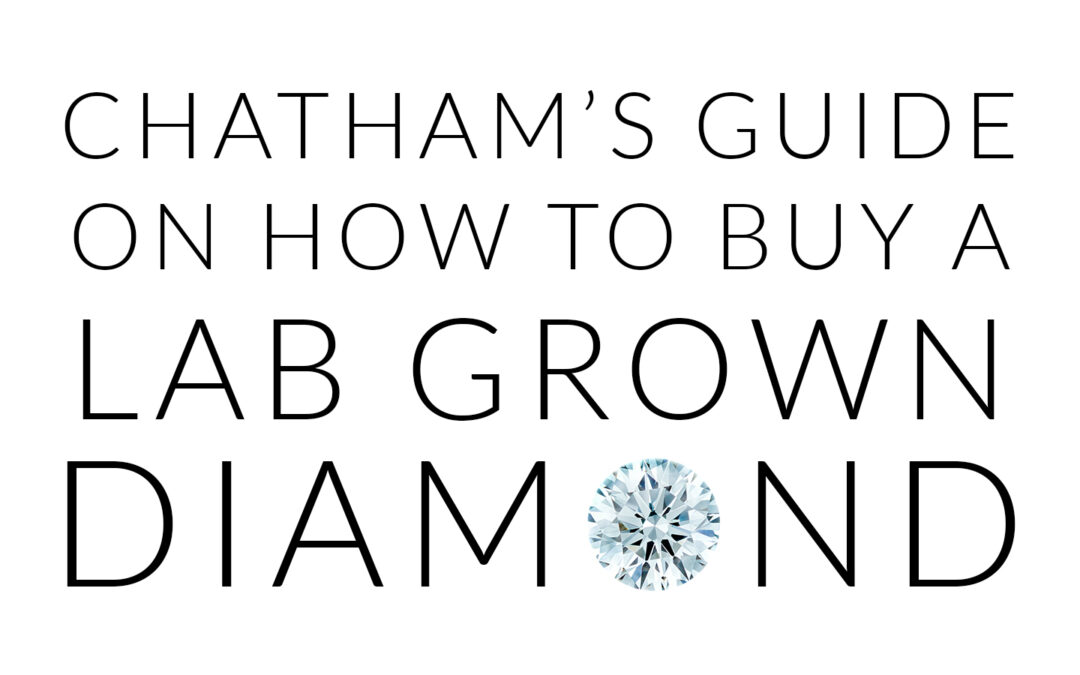So, you’re shopping for a diamond and you are curious about lab grown. You’ve come to the right place!
Buying a diamond is already an intimidating experience to begin with. Shopping for a lab grown diamond can seem even more overwhelming. But it doesn’t have to be. All it takes is some time to learn and understand what a lab grown diamond is compared to its mined counterpart. If you read carefully through our failsafe tips, you will become a lab grown diamond expert in no time.
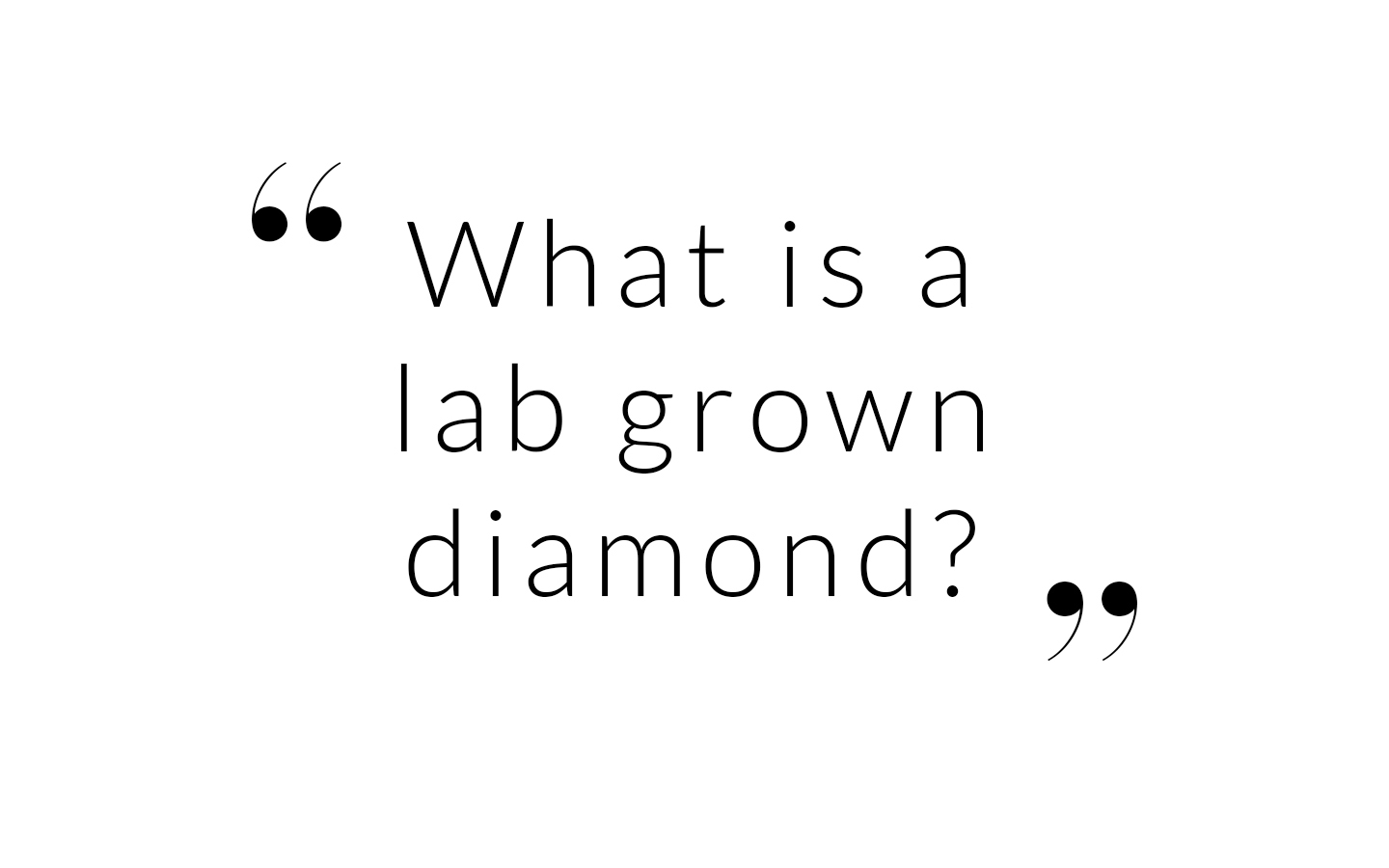
Let’s start with the basic question first. What is a lab grown diamond?
A laboratory grown diamond is a diamond made up of the same element as a mined diamond – pure carbon – that grew in a controlled environment above the ground.
Both mined diamonds and lab grown diamonds possess identical chemical, physical and optical properties as one another.
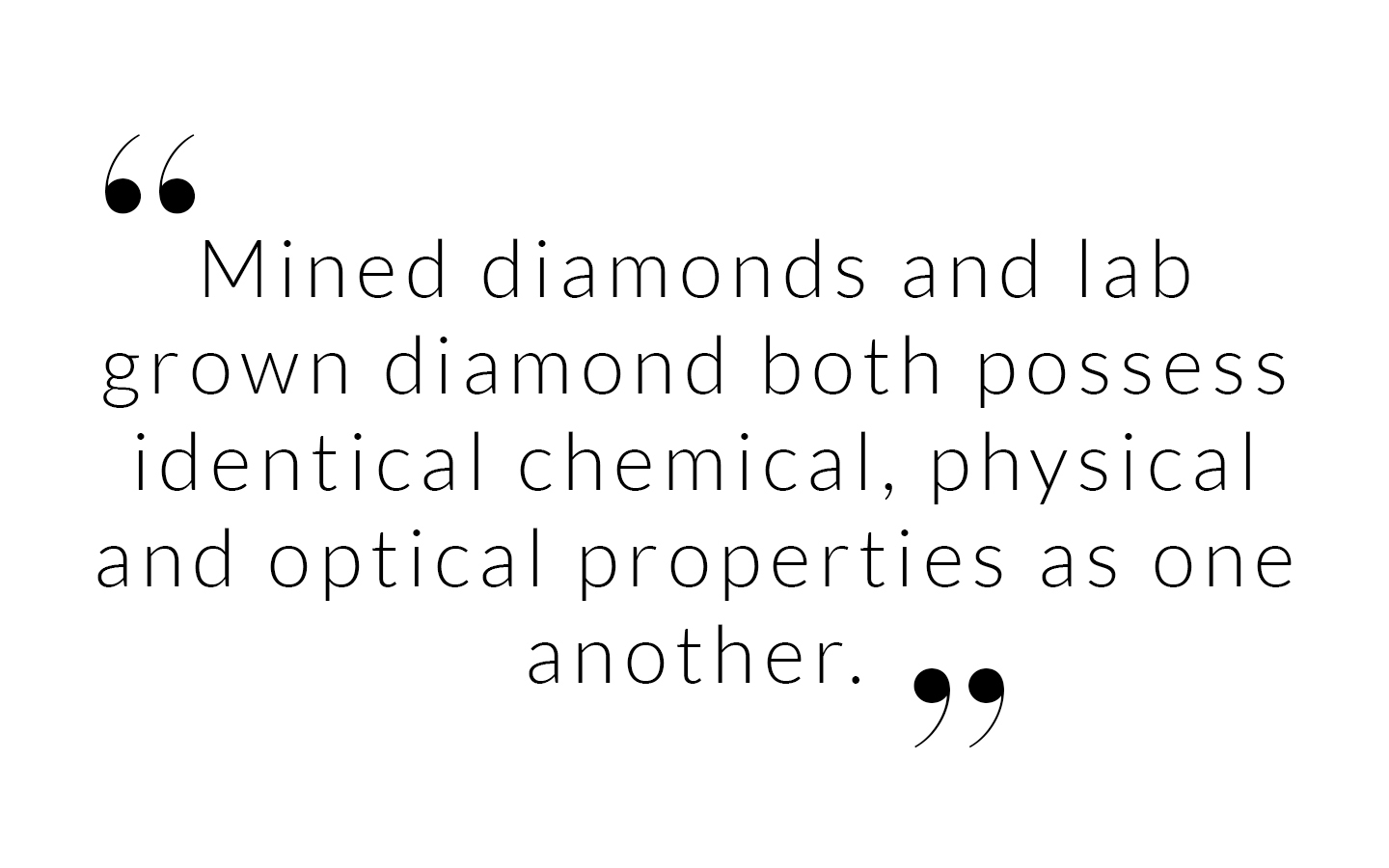
Ironically, for a mineral that consists of a single element – carbon – it does pack quite a punch in the beauty scale. As they say simple is complex!
Lab grown diamonds are evaluated the same as earth-mined diamonds.
To tell the difference between a lab or mined diamond, one must conduct testing using sophisticated equipment. Even the most trained gemologist cannot identify the difference!
There are several factors that contribute to a lab diamonds overall value. The jewelry industry uses a series of categories to grade the quality of a diamond. They are called the 4 C’s: Carat, Clarity, Color and Cut.
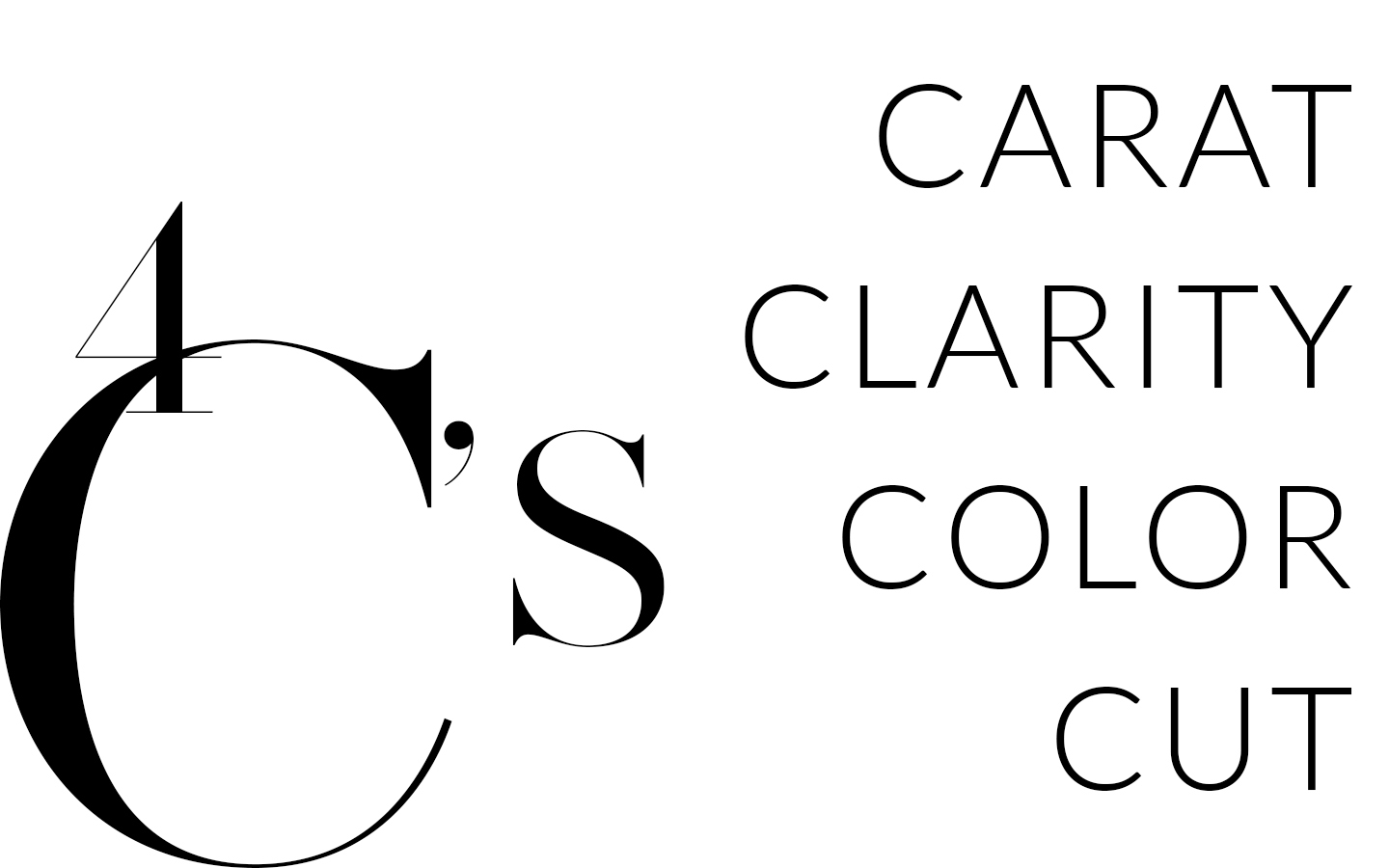
Carat
A carat is a unit by which diamonds are weighed. Diamonds are sold by carat weight, not by size. One carat equals 200 milligrams or 1/5 gram. While a millimeter size can typically weigh a certain amount, the actual weight will vary. For example, typically, a 6.5mm round diamond will weigh about 1 carat.
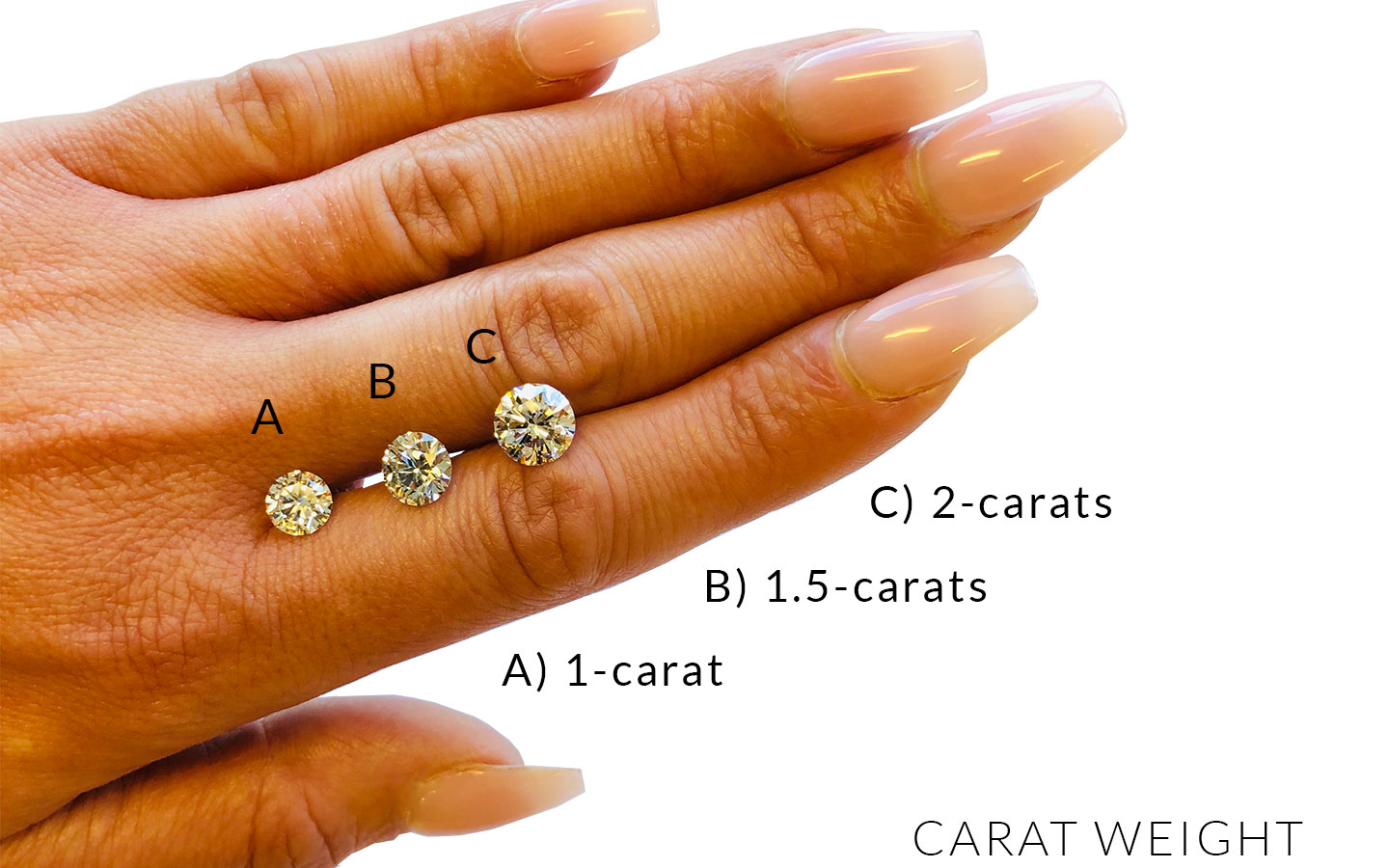
Chatham grows crystals as large as 10 carats. Opting for a lab grown diamond allows for a heavier, which subsequently becomes a larger diamond than an earth-mined. The reason for this is because as the size increases, the price differential does too! So, for the same budget, you could go larger with a lab grown diamond.
Clarity
To determine the clarity grade of a lab grown diamond, jewelers use 10X magnification to identify internal and external characteristics formed during growth. Similar to fingerprints, no two diamonds are ever identical, making your lab grown diamond unique and one-of-a-kind.
Since Chatham uses two methods of growth – CVD and HPHT – we are able to offer all clarity ranges. HPHT typically produces cleaner stones whereas CVD offers the ability to grow lower clarity grades (in addition to pure stones as well).

Chatham also allows for greater chances of achieving an Internally Flawless (IF) diamond!
Color
The color in a lab grown diamond is graded based on its absence. The purest diamond is colorless, next is near colorless and then you move onto a faint yellow. The most widely used form of color grading is the D to Z Scale. The first three letters – D, E, F – are considered colorless with no visible natural color.

Once again, it pays off to use multiple methods of growth. Chatham offers a range of color from D to K.
Cut
The cut of a diamond is what makes it come to life! The key elements are proportion, symmetry and polish. When you look at a finely cut lab grown diamond, there are three essentials coming together in perfect harmony: brilliance (the white light reflection), fire (flashes of colors) and scintillation (sparkle). This light performance is what makes diamonds so desirable in the first place. No other gem mineral exhibits this same quality.
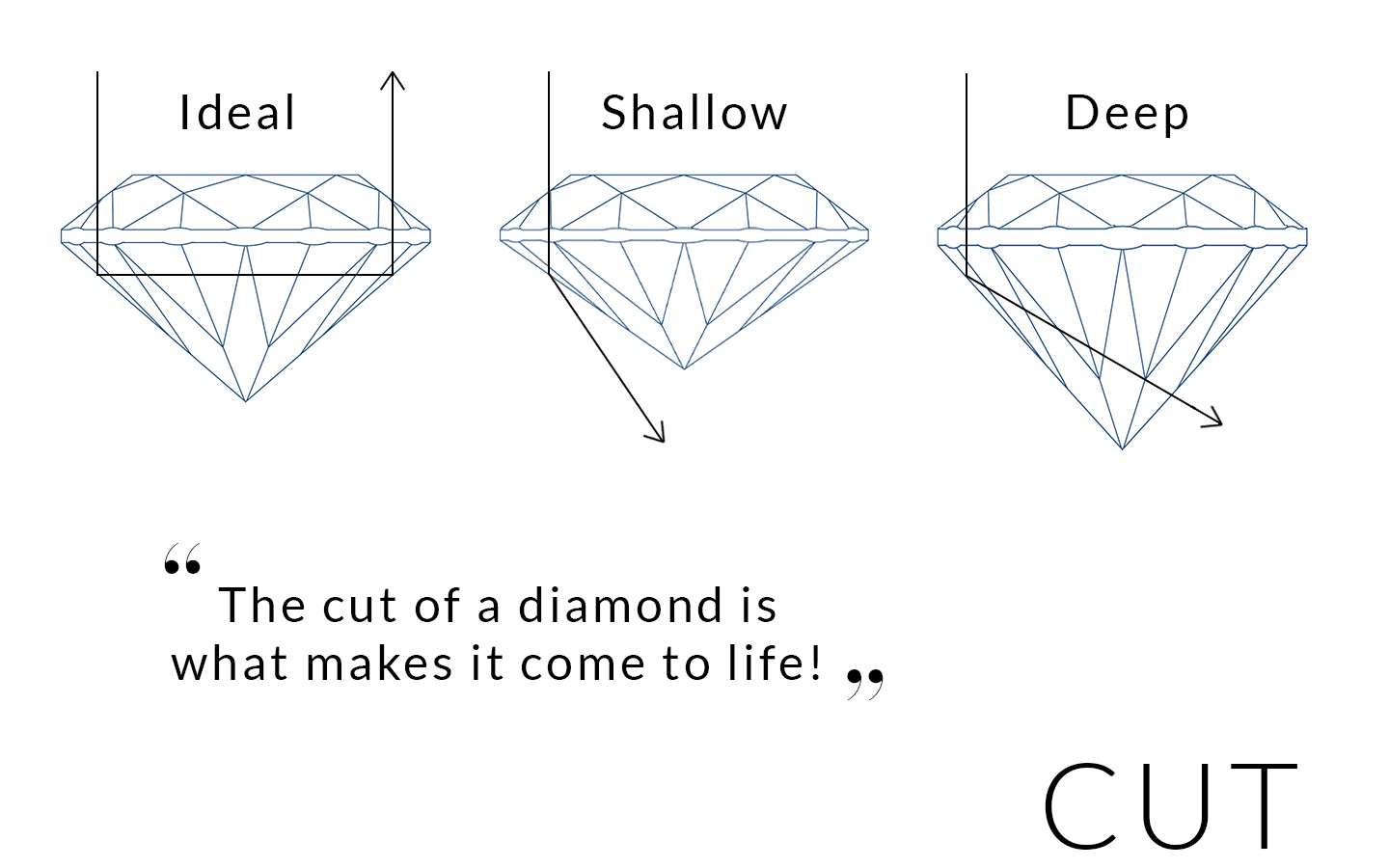
Shape
Shape is different from cut, but just as important. This is the true identity of a diamond!
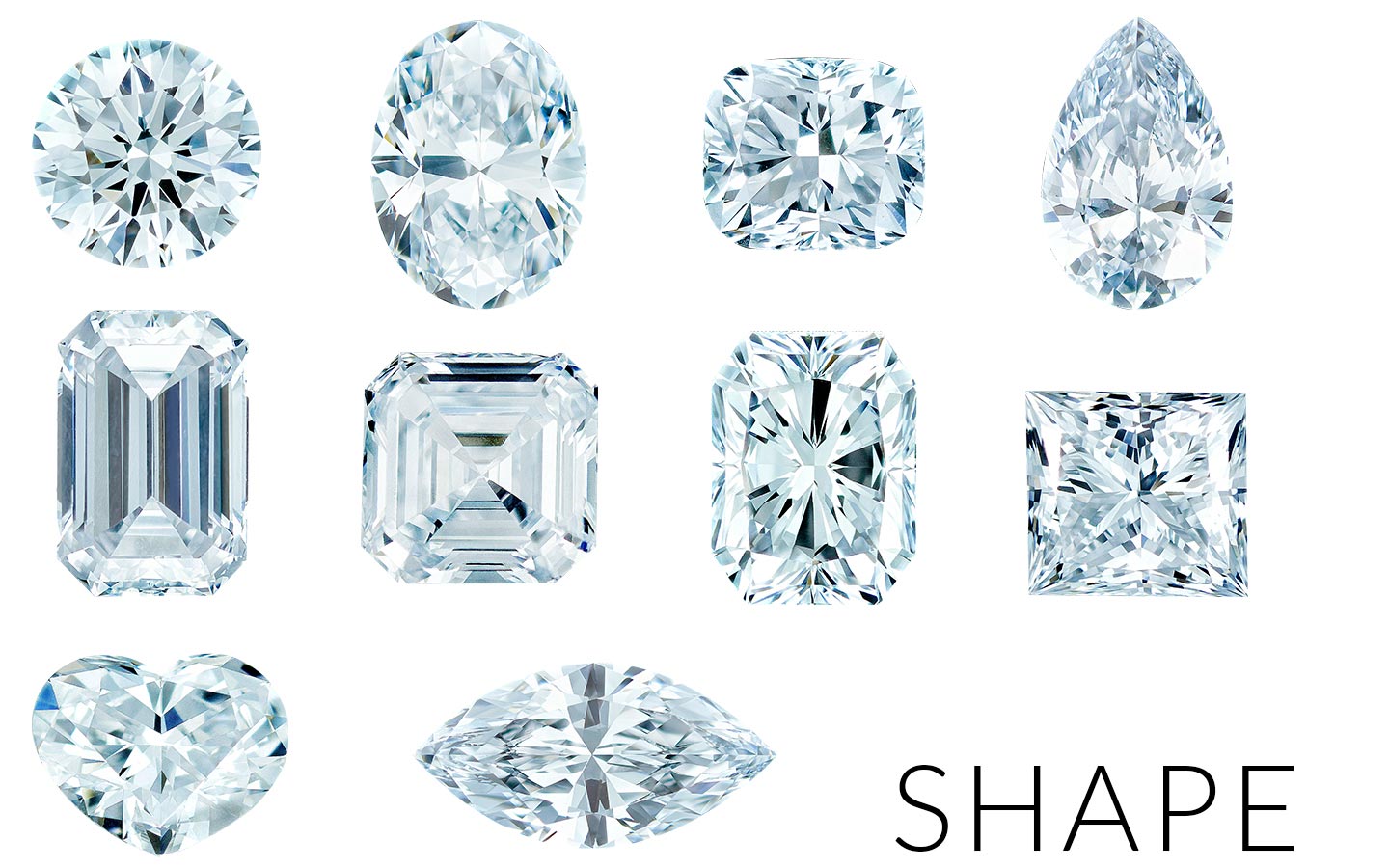
Chatham is able to offer a wide range of shapes to satisfy ever palette. The growing demand for oval is something we’ve been able to supply. Also growing in popularity are emerald and radiant cut lab grown diamonds. Other fancy shapes we offer are pear, marquise, antique cushion, heart, princess, and of course, the king of shapes – the round brilliant cut. If there is a fancy shape you would like to see, let us know and we will try to accomplish it for you!
Growth Year
Traceability can be a real challenge for mined diamonds. But not for lab grown! Chatham is even able to provide the growth year for each of its lab grown diamonds. If you would like us to check for a diamond crystal that was harvested the year you began your romance with your partner, we can select it for you. This means, the lab grown diamond you have chosen grew at the same time as your love for each other. This growth year will appear on your lab grown diamond Certificate and Grading Report.
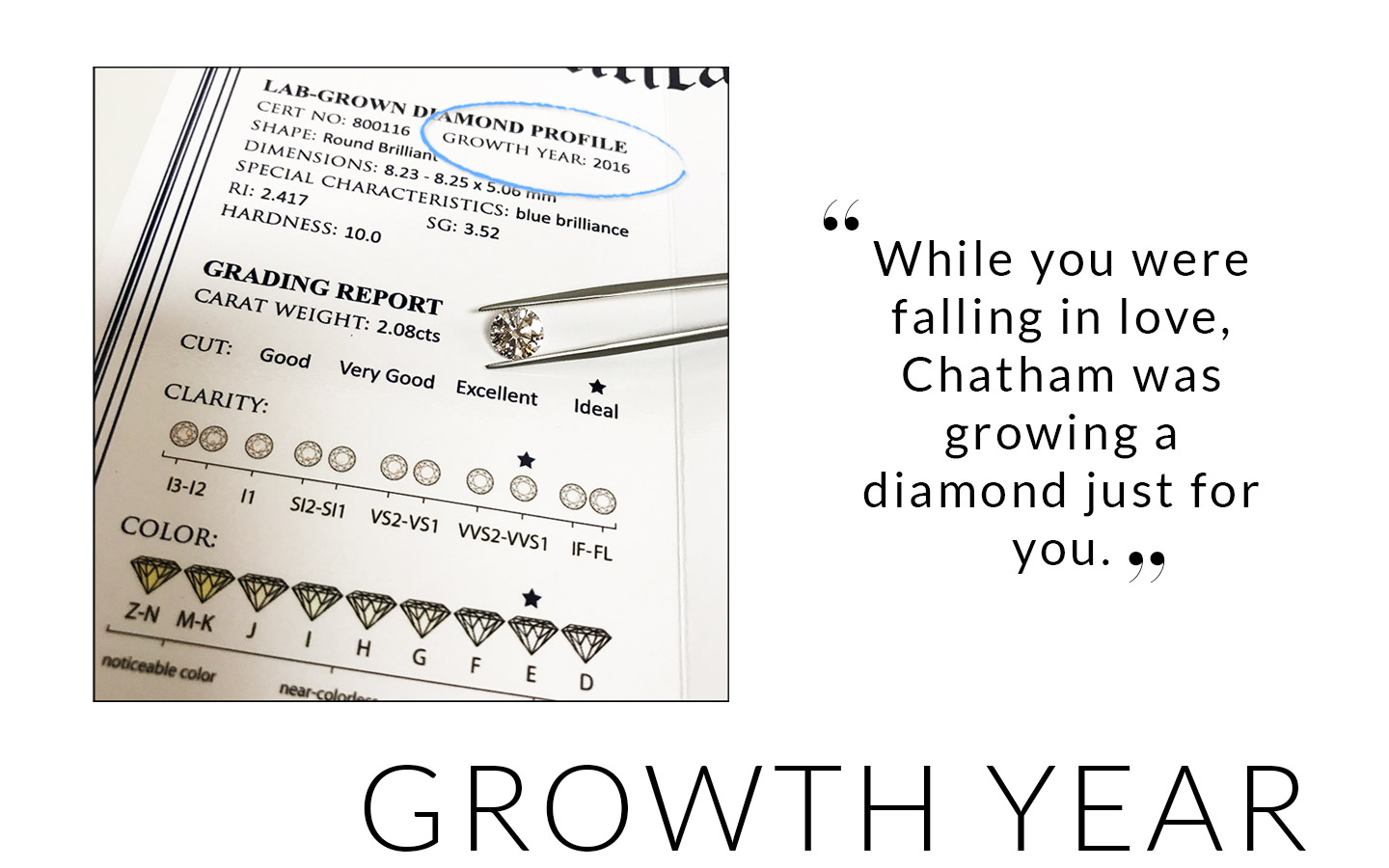
Price
Lab grown diamonds can cost anywhere between 30 – 80% less than an earth-mined. The general rule is, as the weight and quality increases, so does the price difference. In other words, for the same budget, you can either get a higher clarity or color grade, or a larger (heavier) stone if you opt for a lab grown diamond.

Environmental Impacts
While there is no such thing as a fully green product, there is no denying that lab grown diamonds contribute significantly less of an impact on the planet than mined. It is a guaranteed conflict free diamond that did not harm anyone during its growth or harvest. It also did not contribute to tons of earth being moved around or water being polluted. The process of growing diamonds in a laboratory is safe and kinder to our planet and neighbors.
For more information about our process and the fascinating science behind lab grown diamonds, visit our Lab Grown Diamond Buying Guide.
For Diamond Dealers in your area, Book an Appointment through our concierge service.
